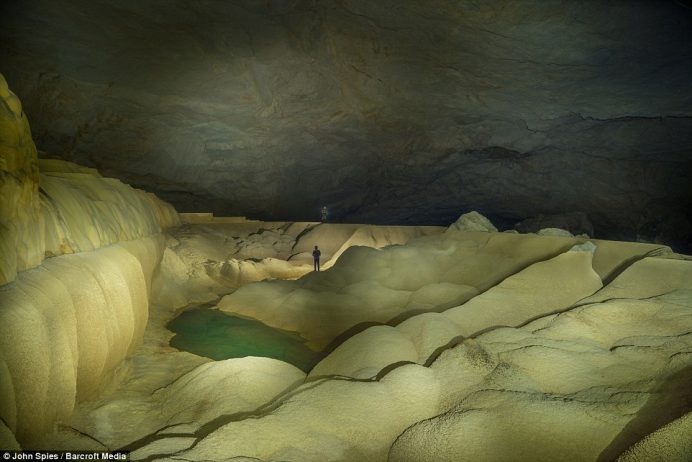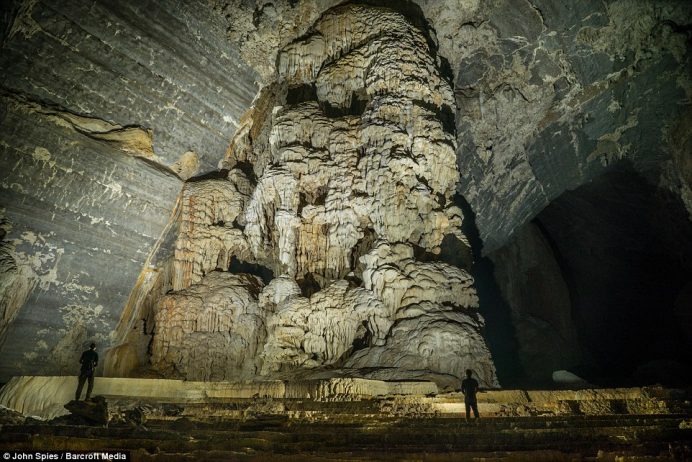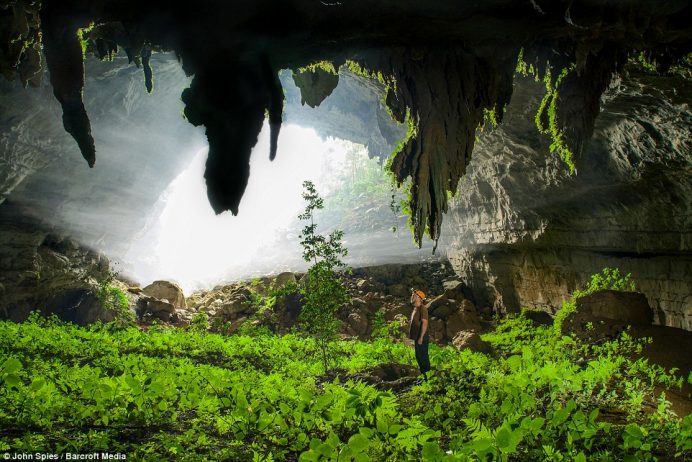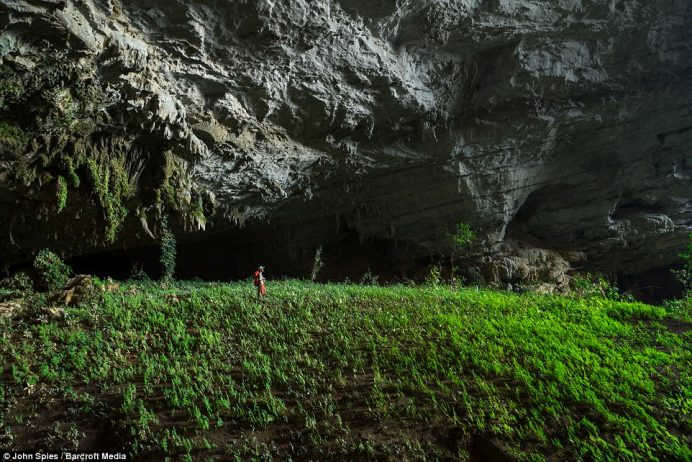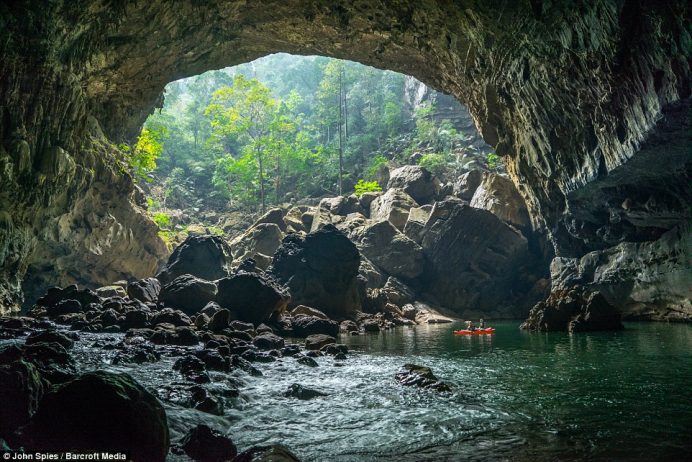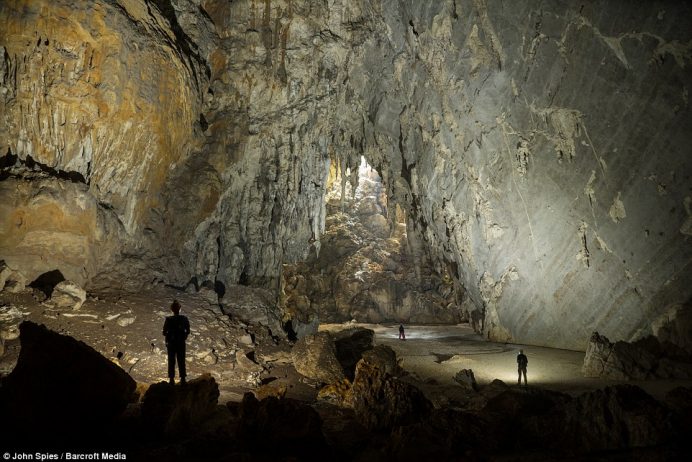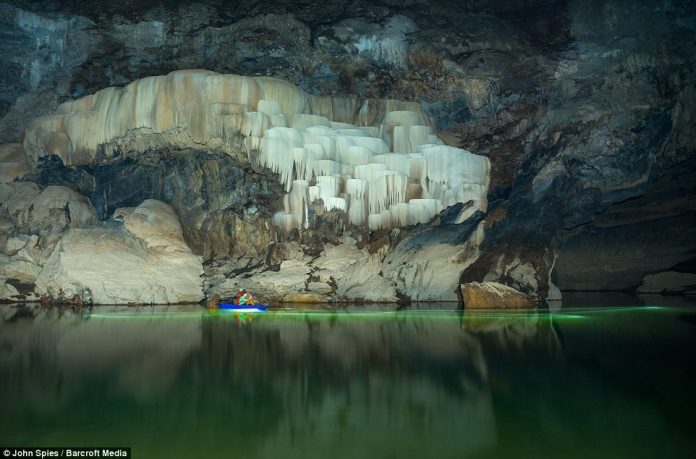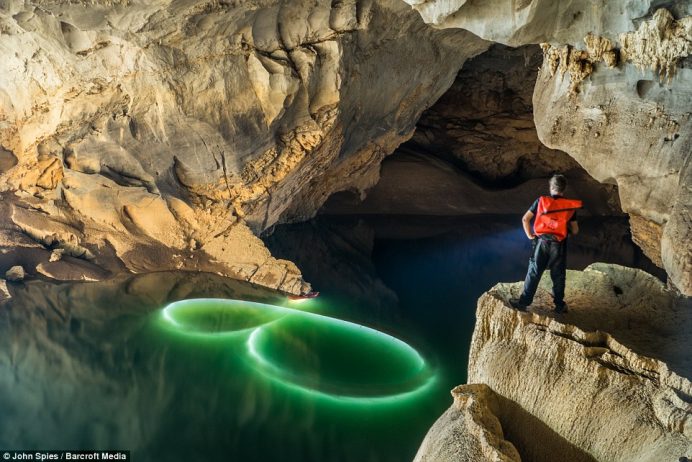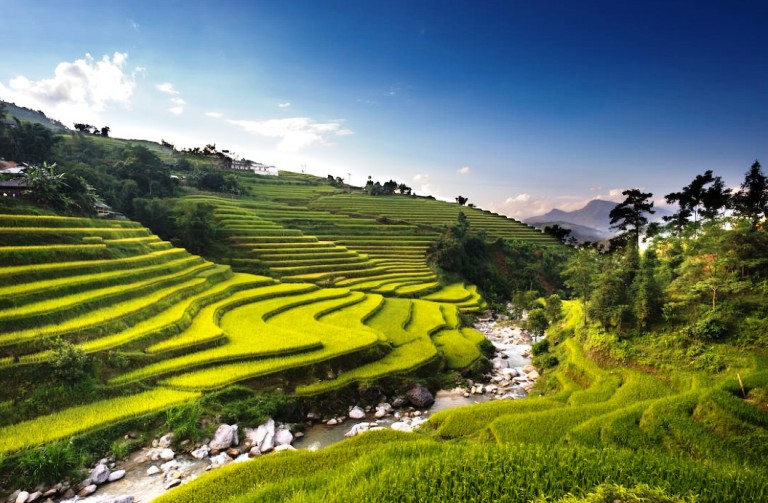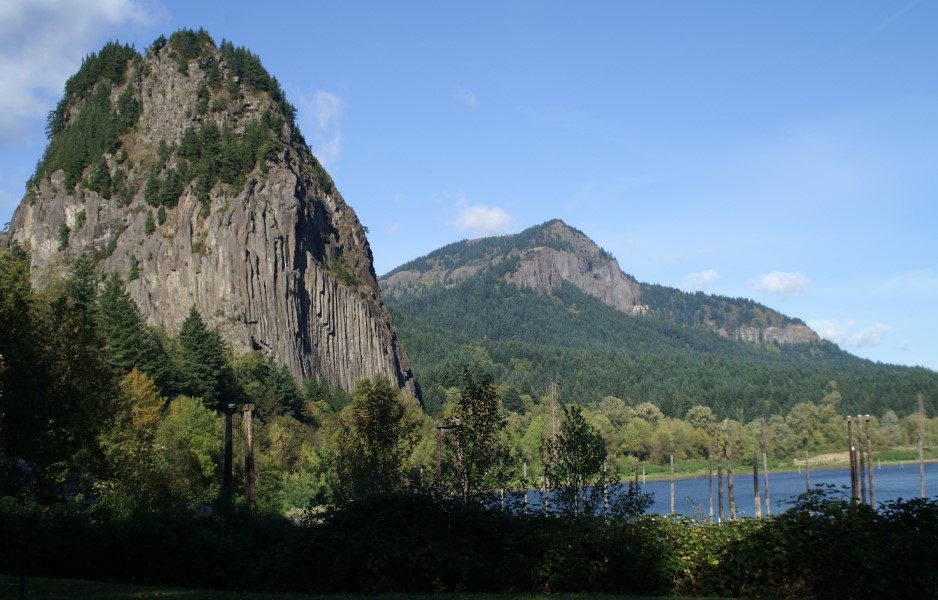Several Tourists know, that Laos is a popular tourist destination. It is famous for its attractive scenery and ornate temples, though not many persons venture below the surface and discover that what is underground is perhaps even more spectacular. The wondrous Tham Khoun Cave is so beautiful they don’t look real at first, which is maybe why locals have faith that spirits inhabit the underground wonderland.
These photographs are captured by John Spies, a photographer who believes in real natural beauty, and would like to take pictures of the sheer magnificence of the vast, yet intricate, underground wonderland. Tham Khoun Cave, usually famous as “Xe Bang Fai River caves”, feature imposing stalagmite made of mineral deposits.
More than 9 miles of magnificent passages and wide expanses of water make it really one of Lao’s hidden treasures. Although there’s even a lively forest thriving at the upstream entrance to the caves, the lush green color contrasts with the massive white and orange banks of terraces flowstone that decorates the walls.
Visitors are able to kayak through the waters or explore adjacent chambers on foot. The cave is only able to be safely accessed during the dry season from Nov to April, and during this time the water is crystal clear and deep with a rich green hue. For some grander shots, a team of four equipped with powerful LED lights and walkie-talkies helped to light-paint this massive cavern for this long exposure shot.
Therefore, in 2008, an expedition, co-led by veteran caver John Pollack, lead to the secretive caves being mapped and photographed for the first time. What the explorers discovered about the infamous cavern was a vast river cave, which means a cavern with an active water source flowing through it. All about the cave is big-from its towering entrances to its phobia-inducing spiders, which can be a big 10inches across.
Also Read:
- The Wall of Tears, Ecuador
- Old Dragon’s Head: Where The Great Wall of China Ends
- The Great Wall of Western Australia




